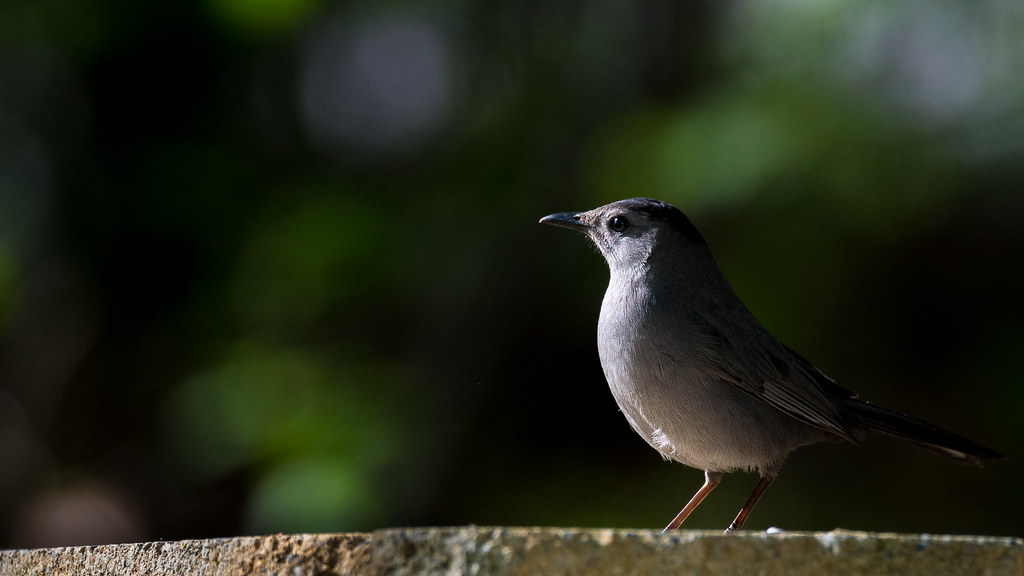jaomul
Been spending a lot of time on here!
- Joined
- Feb 4, 2011
- Messages
- 5,715
- Reaction score
- 1,554
- Location
- Cork Ireland
- Can others edit my Photos
- Photos OK to edit
Hi All,
I have seen a few shots like this, often with birds, but this link is a good example (link posted as it's not my shot).
Harvest mouse.jpg
Could anyone briefly explain how a shot like this is achieved, (the lighting required etc, or is it photoshopped)
thank you.
I have seen a few shots like this, often with birds, but this link is a good example (link posted as it's not my shot).
Harvest mouse.jpg
Could anyone briefly explain how a shot like this is achieved, (the lighting required etc, or is it photoshopped)
thank you.














